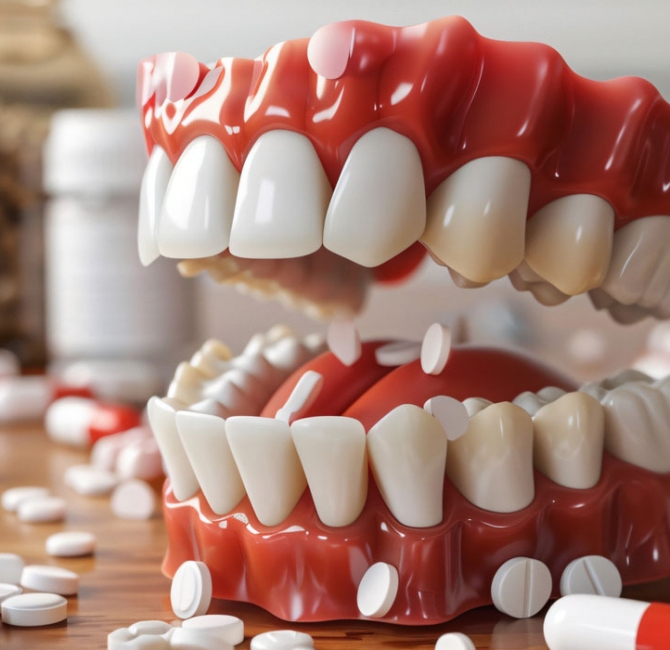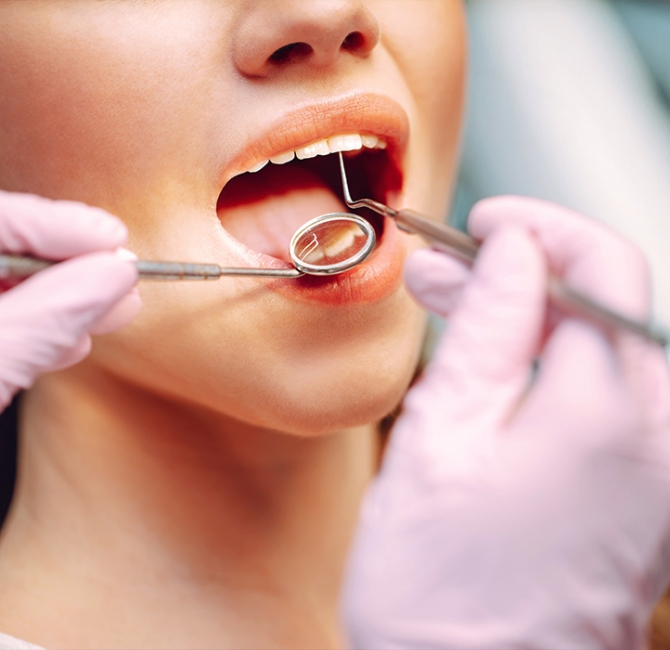Key messages:
- Dental plaque consists of various types of microbes, each with different roles in the microbial community.
- While some plaque bacteria may promote health, others can cause disease.
- How these oral microbes are organized can influence whether they live harmlessly or contribute to disease.
- Future research into the structure and organization of plaque may result in the ability to adjust its composition to restore and maintain oral health.
Dental plaque consists of a diverse community of microorganisms, including hundreds of different types of bacteria, viruses, and fungi. These organisms coexist to create a complex microbiome. While some of these microbes are generally harmless or even beneficial to health, others can be problematic.
All plaque microbes need the right environment to grow, and they often rely on neighbouring microbes for support, such as protection from toxins or to supply nutrients. By studying these microbes in natural dental plaque and their interactions, insights can be gained into the conditions necessary for different microbes to thrive. This understanding could lead to strategies to control dental plaque in the future.
Dental plaque develops in stages, starting with early colonizers on clean tooth surfaces, progressing through maturing dental plaque, and leading to late-colonizing taxa associated with disease. Research has found that the bacterium Corynebacterium matruchotii serves as the structural core of the dental plaque community. This structurally important bacterium first grows rapidly in length and then at once splits into multiple cells, a rare process known as multiple fission. Using this strategy, C. matruchotii forms a dense structure resembling a bush, with long filaments extending from near the tooth surface to the tip of the plaque biofilm, creating a habitat for other bacteria. Some bacteria attach to the tips of the filaments, gaining direct access to saliva. Others live deep within the mass of bacteria, where they require a low-oxygen environment to survive.
C. matruchotii causes dissolved calcium in saliva to combine with phosphate, resulting in the formation of hydroxyapatite. Hydroxyapatite is a mineral found in tooth enamel. However, when it forms around bacteria such as C. matruchotii, it transforms soft dental plaque into hard dental calculus. Consequently, dental plaque that is rich in filamentous bacteria, such as C. matruchotii, is more likely to form calculus compared to plaque dominated by other types of bacteria.
Corynebacteria are also associated with health, as C. matruchotii recruits other bacteria that ward off potential pathogens. For instance, Streptococcus cristatus, which usually attaches to C. matruchotii on the surface of dental plaque, alters the behaviour of the periodontal pathogen Porphyromonas gingivalis, causing it to become less virulent. Therefore, the presence of structures formed by C. matruchotii and S. cristatus may play a role in preventing P. gingivalis from causing harm. These results demonstrate that oral health is influenced not only by the amount of dental plaque present but also by the types of organisms present.
The spatial organization of the dental plaque biofilm is also crucial in the behaviour of Streptococcus mutans. This bacterium can exist harmlessly in the oral cavity when dispersed in dental plaque. However, under certain conditions, it proliferates and forms a dense dome adjacent to the tooth enamel, with other plaque bacteria layering on top. When S. mutans forms this dense dome, it produces acid that demineralizes the underlying enamel. This finding highlights how the spatial arrangement of microbes can influence their behaviour and affect interactions between the oral microbiome and its human host. Moreover, it suggests that eliminating S. mutans may not be necessary for controlling dental caries. Potentially, caries management could include disrupting the ability of S. mutans to form a dome structure.
Further research is required to determine how to change the composition of dental plaque to maintain oral health, including reducing the harmful traits of bacteria while enhancing the beneficial ones. In the meantime, the most effective way to maintain oral health remains the physical removal of plaque bacteria through regular tooth brushing, flossing, and dental scaling appointments.
Click here to read the full article.



